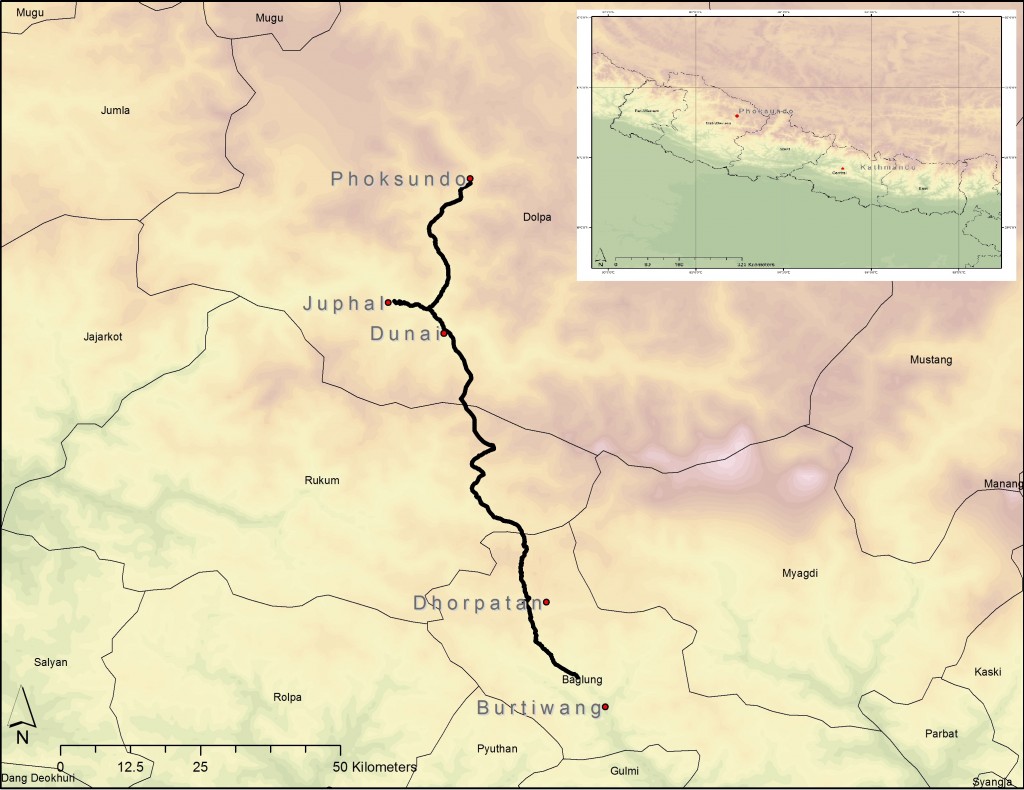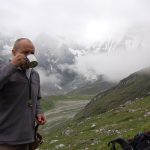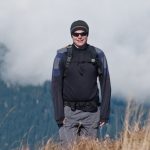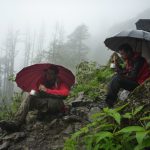In a few days time the Flora of Nepal project are about to leave for an expedition to Mid-West of the country. Leading the expedition is Dr Colin Pendry from Royal Botanic Garden Edinburgh; also going are Dr. Patrick Kuss from the Institute of Systematic Botany, University of Zurich; Alan Elliott a PhD researcher at Royal Botanic Garden Edinburgh and the University of Edinburgh. We’ll also be joined by two members of staff from Nepal’s Department of Plant Resources once we get there.
The primary aims of the fieldwork are:
- to collect herbarium specimens and associated data used to prepare the Flora of Nepal
- to train two Nepalese staff members at the National Herbarium of Nepal (KATH) in fieldwork and herbarium techniques
- to contribute plant occurrence data to the inventory of Dhorpatan Hunting Reserve and Shey Phoksundo National Park.
The expedition will be exploring the botanical diversity of the Rukum, Baglung and Dolpa districts in Mid-west of Nepal. These districts have been identified through the Flora of Nepal project as lacking records necessary for the project. We will be collecting, pressing and processing plants to become herbarium specimens and also collecting leaf material to be stored in silica gel for later DNA extraction.
Each record will have associated data captured at the time of collection:
- Latitude and Longitude
- Altitude
- Locality notes
- Habitat notes
- Morphological characters likely to be lost by being pressed and dried
- and a range of digital images of the the plant prior to pressing
All these data will be entered into a laptop containing a copy the Flora of Nepal database once we reach camp each evening. We take a portable generator and fuel so we can have a few hours of electricity each evening to work.
The route will start in the mid-hills south of the main range of the Himalaya where the road runs out beyond Burtiwang. From there we”l be walking northwards up and over the main range of the Himalaya. The highest pass we’ll cross is roughly 5200m (17,000ft) and then descending towards Dunai and into the Trans-Himalaya. From Dunai we’ll continue north to Phoksundo before retracing our steps and heading to Juphal to fly back to Kathmandu.
The effectively linear route will allow us to collect along a transect running through vegetation types from wet sub-tropical and temperate forests on the south face into the alpine zone and then to the drier vegetation types of the Trans-Himalaya. We estimate we’ll cover about 160km from start to finish all on foot.
We’ll update before we set off and when we finish the expedition once back in Kathmandu.





2 Comments
2 Pingbacks